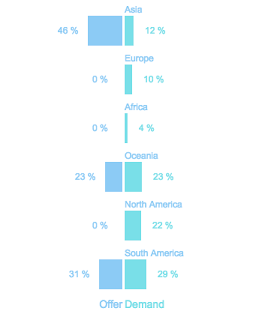Angular Testing: routerLink
Today, I'll show you how you can test such a code: The routerLink directive on the anchor tag give the router control over this element. Find more info here . A. Provide the routerTestingModule with dummy routes as: B. Declare Router and Location for use in your test: C. Routing is an asynchronous activity so we use one of the asynchronous testing methods at our disposal, in this case the fakeAsync method. Happy coding!!!
